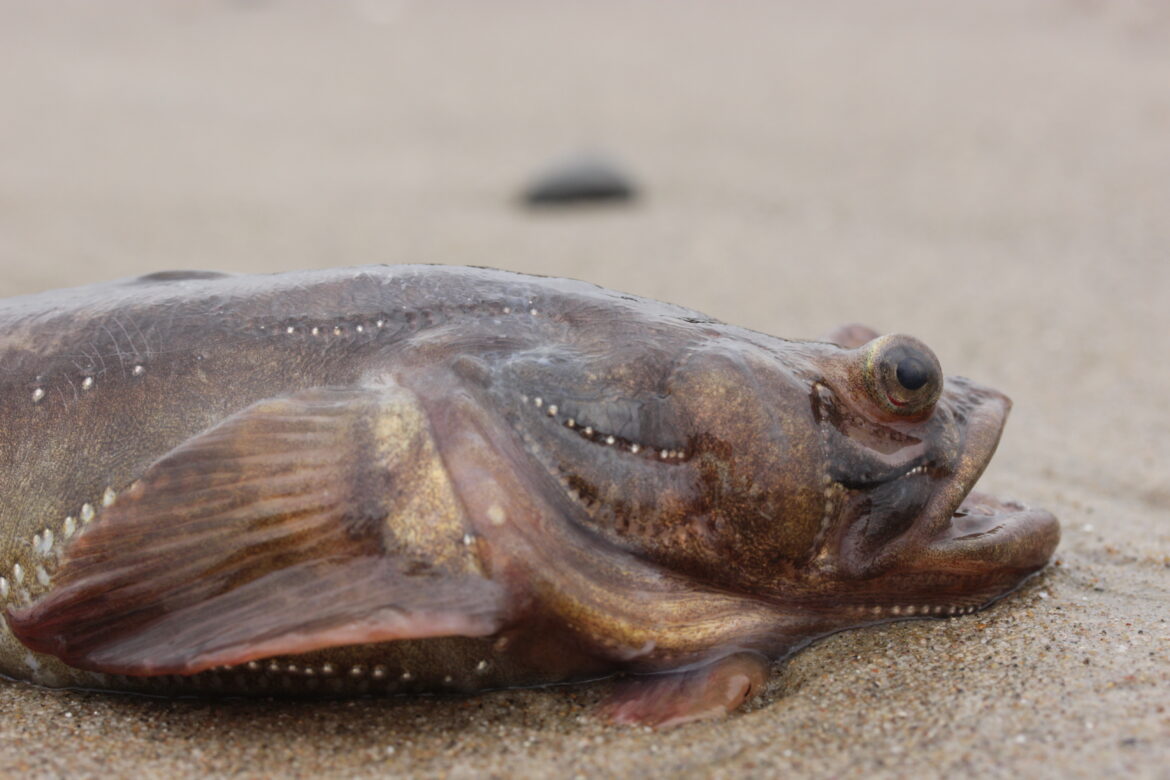By Ashley Van Wieren
For those of us who live in cities or busy towns, noise pollution is a constant presence in our lives. Noise pollution is defined as unwanted or disturbing sound. This is created by traffic from vehicles, aircraft, heavy machinery such as construction crews, concerts, and even home appliances. We often don’t even notice the presence of noise pollution until we find ourselves in a perfectly quiet place and feel the loss of the noise.
The effects of noise pollution on humans can include increased stress, high blood pressure, sleep disturbances, sleep disturbance and even hearing loss. These harmful effects extend beyond humans, as noise pollution also negatively impacts wildlife.
Noise pollution affects the physiology, behavior, and distribution of animals from as young as the embryonic stages of development. Bats use echolocation for navigation and foraging, but exposure to traffic sounds can mask the sounds that they use to echolocate. Noise can also mask the quiet sounds of animal movement. This can hinder the ability of predators to locate their prey.
Noise pollution can interfere with communication between wildlife as well. Communication is essential to wildlife survival, whether it be for a call to attract mates or a warning to offspring of a nearby predator. Some North American songbirds adapt to noise pollution by changing the frequency and amplitude of their calls as well as adjusting the time they sing, avoiding peak traffic times.
Aquatic environments are also susceptible to anthropogenic sounds, which means sounds created by humans. Shipping, recreation, oil drilling, and dredging cause underwater noise pollution. This can disrupt coral reef ecosystems, marine mammals, and aquatic invertebrates.
Of course, mother nature isn’t perfectly quiet either! Human lives can be affected by the sounds of wildlife as well. For example, residents of coastal cities such as Sausalito, California to Seattle, Washington have been perplexed by a humming sound similar to that of an electric shaver. Surprisingly, not a bird, not a plane, but a fish was discovered to be the culprit behind the mysterious coastal hum!
Porichthys notatus, commonly called the Plainfin Midshipman fish, creates a humming sound by contracting muscles around its swim bladder, an organ used for controlling buoyancy in fish. Their name comes from the button-like appearance of spots dotting their bodies that produce light. These are organs called photophores. Males travel to nearshore waters in the summer and produce their infamous loud, droning hum to attract mates. But while the male crooning might be attractive to female Midshipman fish, it is fairly unsettling to the above-shore residents of the area.
As nobody likes their sleep being affected by noise pollution, we can be mindful of ways we can reduce our own sound levels. Ways we can limit noise pollution include planting trees to create sound barriers, riding a bike or walking when feasible, and unplugging appliances that are not in use – which also saves electricity! We can also opt in for quieter recreational activities like taking a canoe trip as opposed to a noisy boat trip. As a city we can build homes with better insulation and noise reducing roads. Together communities can work together for a better night’s sleep for all.

